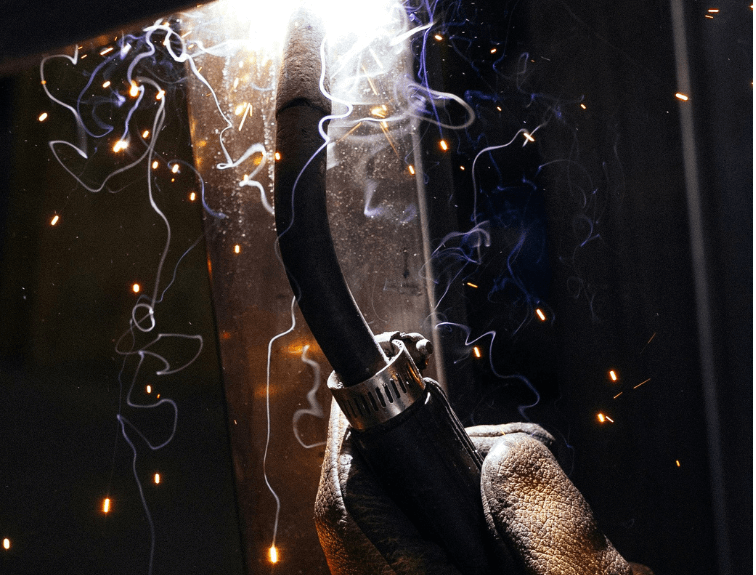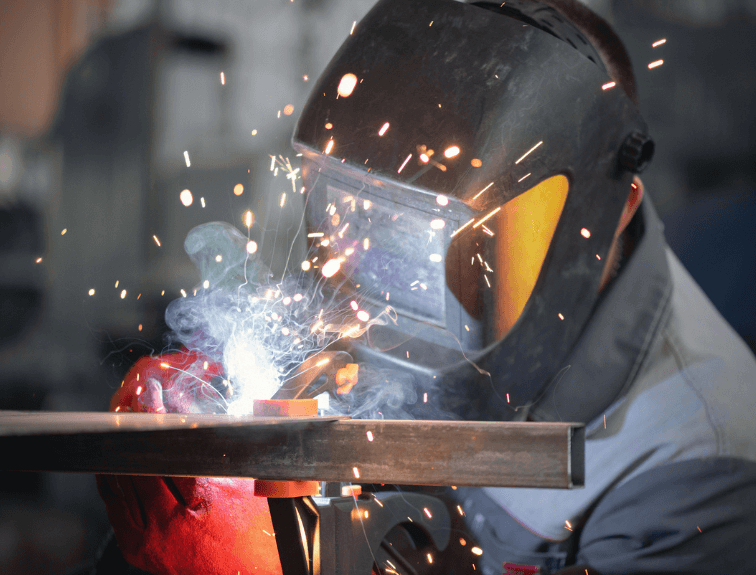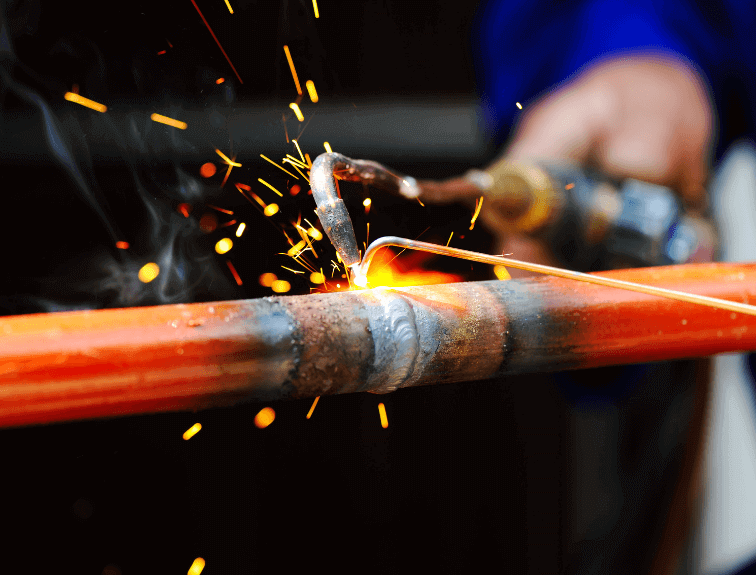People may not believe it, but welding is a unique art form. Along with producing the welds and beads comes stress and frustration. The wrong material or the fluctuation of an arc can make a weld look knotty and somewhat sloppy. Many welders try extremely hard to produce smooth, even looking welds. The stress they experience during the performance of their job takes many forms. There are several welding stress relief mechanisms that are both effective and simple.
Maintaining the Same Position for a Long Period of Time
When completing a long bead, holding the same position can cause muscles to become tight and sore. In between welds, take a few minutes to stretch. Reaching toward the ceiling stretches the arms, legs, and back. Hand exercises will keep the fingers and wrist flexible. Stretching improves blood flow and keeps a person alert and focused.
Intense Concentration While Completing a Difficult Weld
Having to maintain strict focus for long periods of time can lead to headaches and eyestrain. Once every couple of hours, step away from the welder and take a few deep breaths. Closing the eyes and listening to music through headphones will help to unravel the mind and allow it to relax, even if only for a short period of time.
Measure Twice, Weld Once
One of the biggest stressors is making a mistake and having to scrap a piece of metal. Measure twice and take added precautions to ensure you have the exact specifications before you begin welding. This reduces the risk of a mistake and will eliminate much of the stress associated with precision projects.
Preventing Flash and Its Effects
Flash can occur on the hands, face, and arms. It is extremely painful and causes major stress when having to continue to weld in the heat. Before work, apply a thin layer of sunscreen and make sure it absorbs completely into the skin. Always check the helmet and safety glasses to make sure there is no way the bright flash can reach sensitive areas of skin.
While it’s easy to get caught up in work, don’t forget to take care of yourself. Practicing these welding stress relief mechanisms will allow you to become a healthier, more productive welder.




